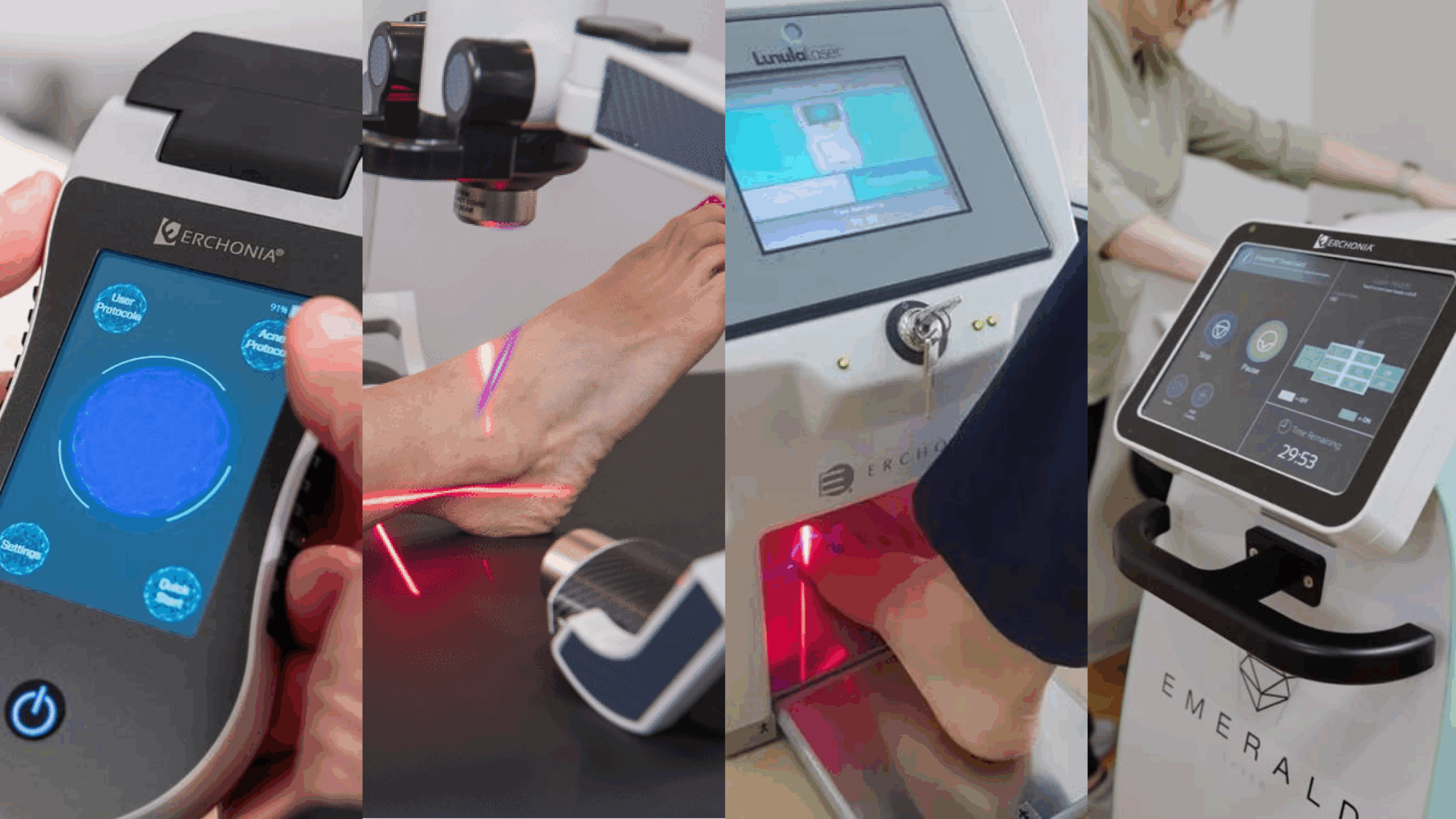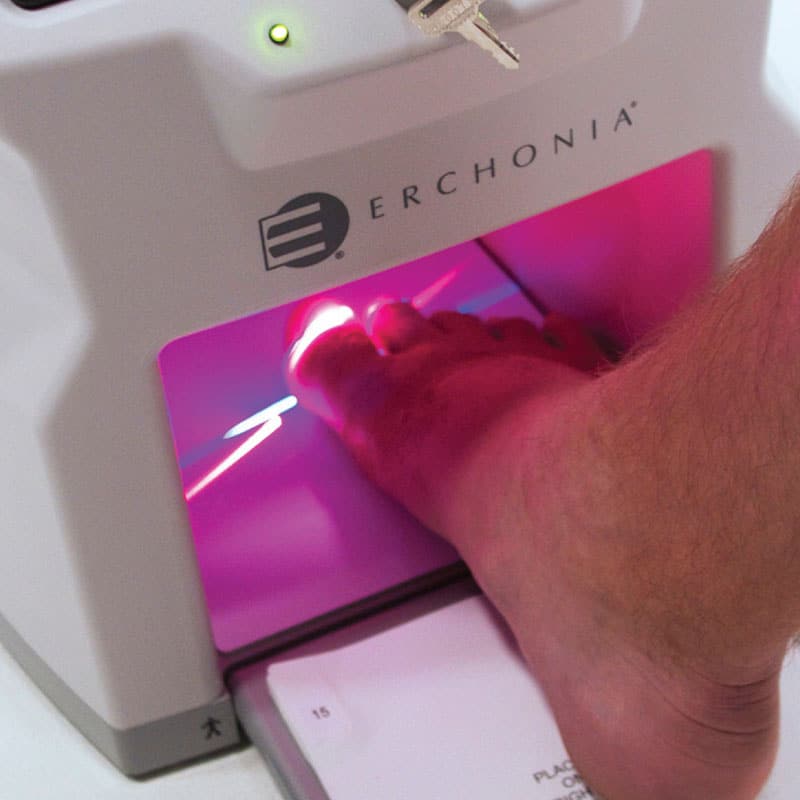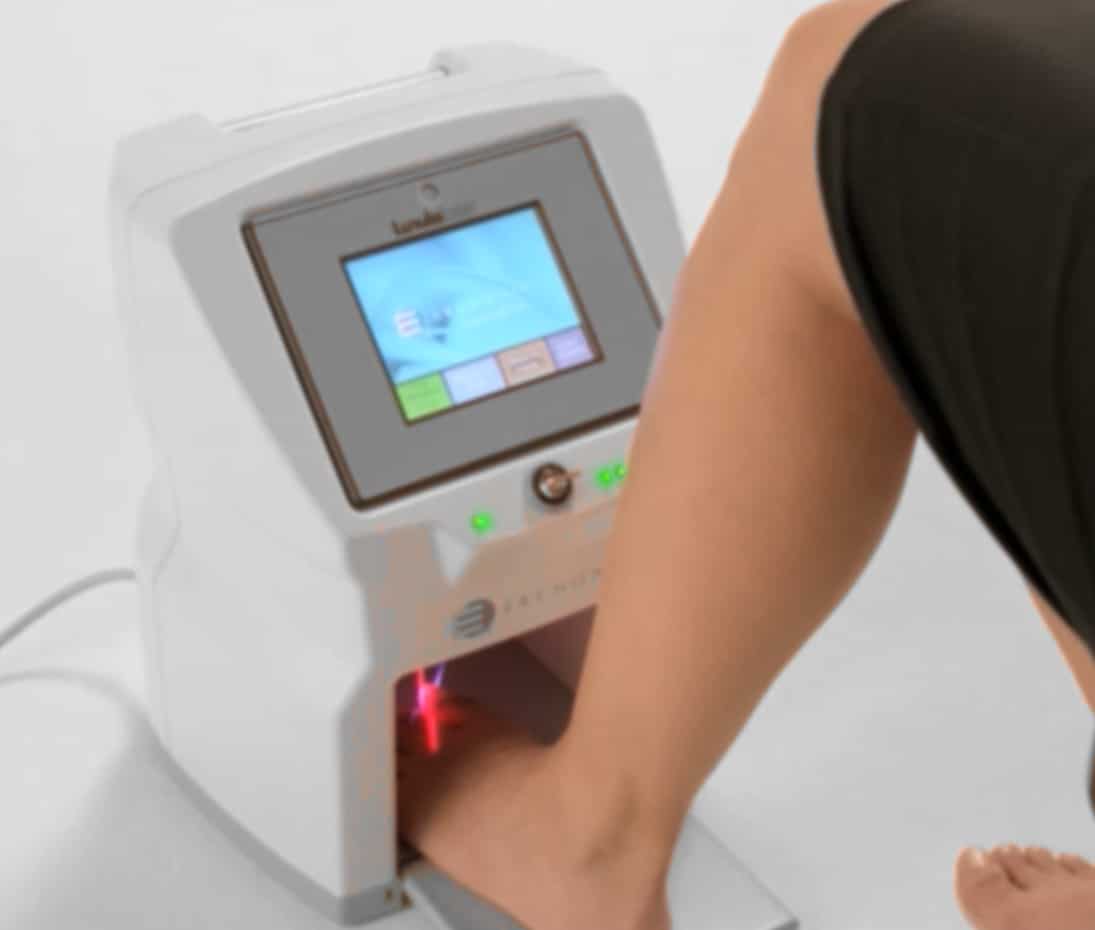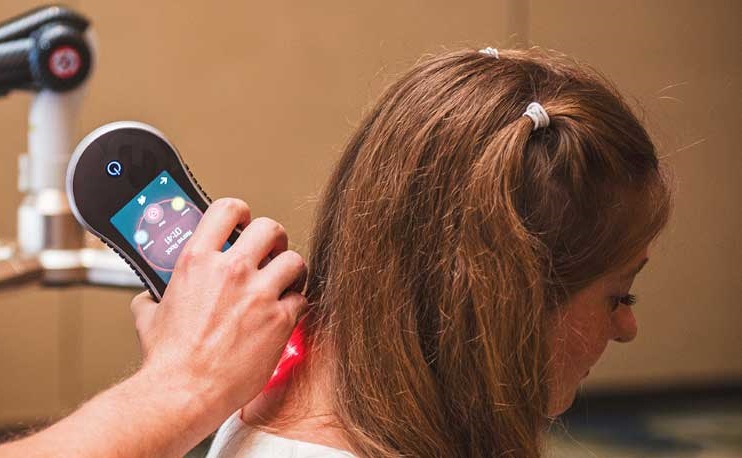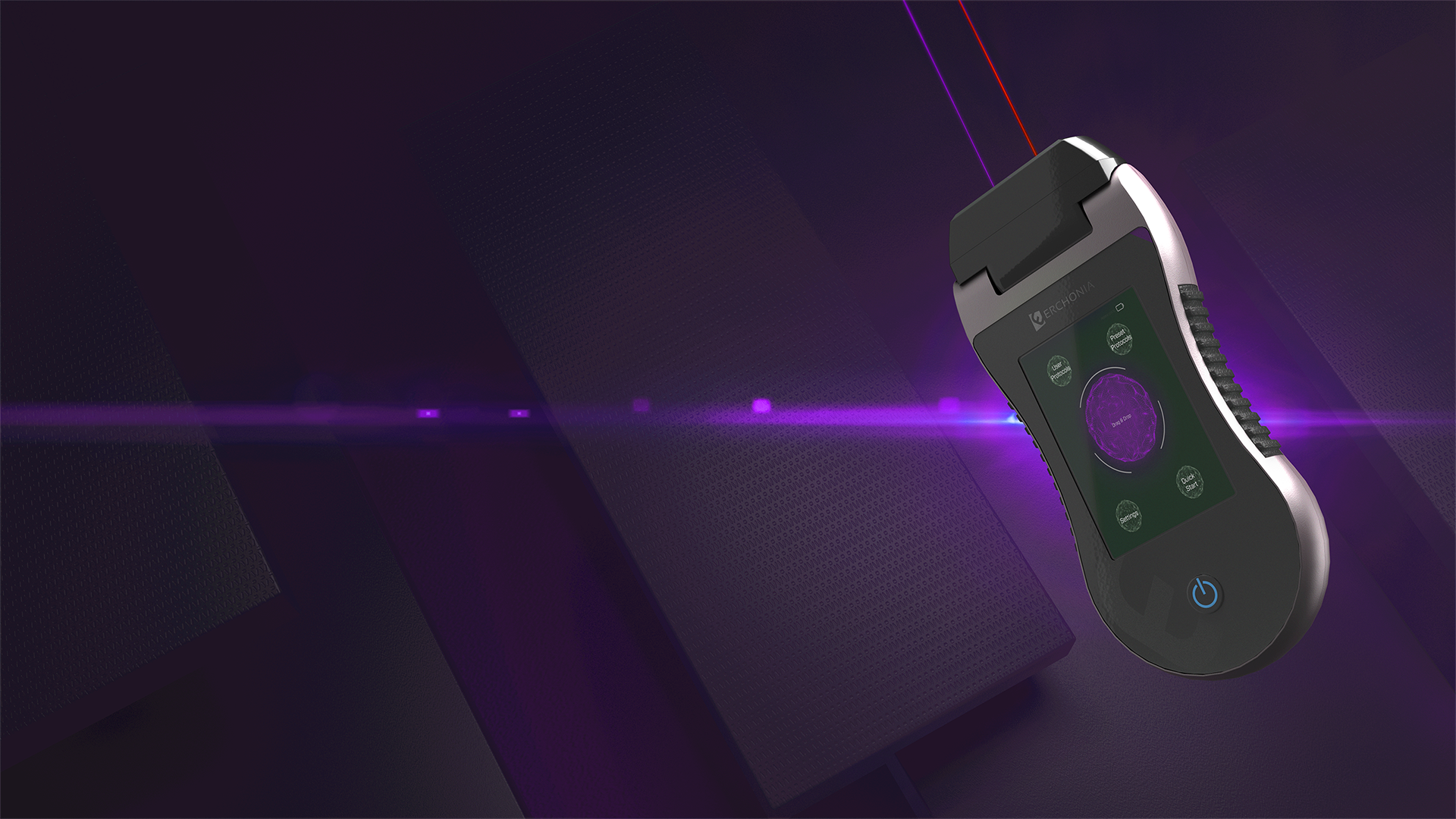Low-Level Laser Therapy (LLLT) is steadily gaining traction in modern medical practices, offering solutions for pain management, fat loss, fungal nail treatment, and much more. What sets it apart is its non-invasive approach combined with a myriad of therapeutic benefits. For practitioners contemplating the inclusion of LLLT in their treatment regimen, the selection of an appropriate device is paramount for ensuring optimal patient outcomes. This article aims to elucidate the various LLLT device options and assist you in determining the most fitting device for your practice.
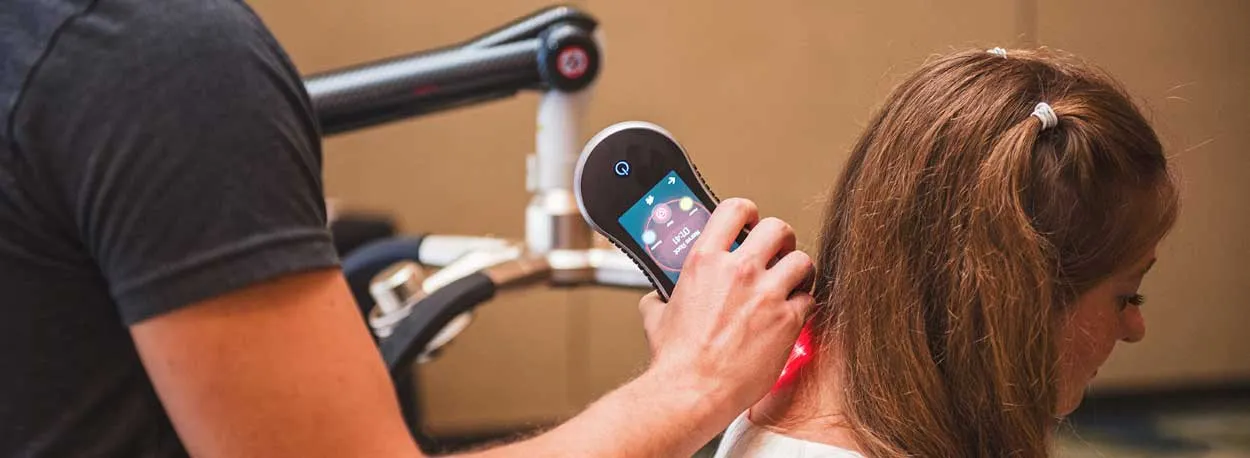
Differentiating Between Laser Therapy Devices
Class Distinctions
Using the FDA’s distinction between class 4 and class 2/3 lasers, we can differentiate High-Powered Laser Therapy (also known as High-Intensity or High-Level Laser Therapy) from Low-Level Laser Therapy in the following way:
- High-Powered Laser Therapy devices are classified as ‘Class IV Lasers’ in virtue of having a power output that’s greater than 500mW (i.e. high risk of hazard). The vast majority of such devices have longer near-infrared wavelengths.
- LLLT devices are classified as either ‘Class IIIB Lasers’, ‘Class IIIR Lasers’, or ‘Class II Lasers’ in virtue of having a power output of 5-500mW, 1-5mW, or <1mW respectively (i.e. lower risk of hazard). The vast majority of LLLT devices have shorter wavelengths.
Research suggests that low-level lasers are the safest and most effective laser therapy devices available on the market today.
Design Variants
LLLT devices can be broadly categorized based on their design:
- Handheld devices: Designed for precision, these devices allow for targeted treatment, addressing specific areas with ease and flexibility.
- Stationary devices: These are better suited for treatments covering larger surface areas or for protocols that cater to multiple patients simultaneously.
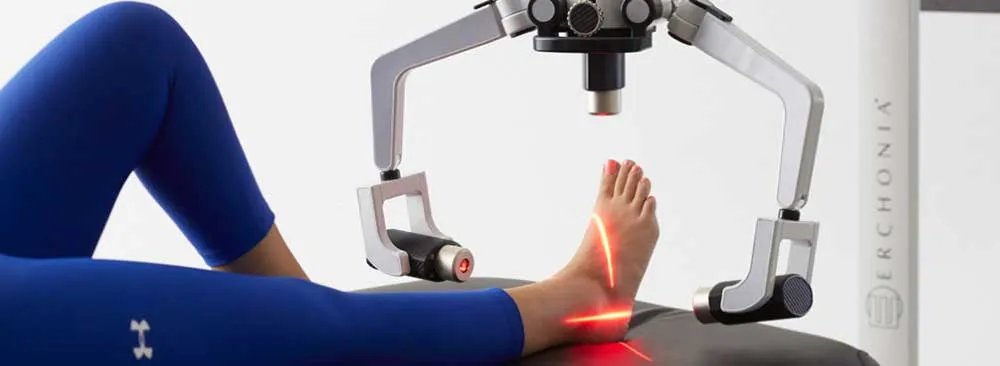
Erchonia’s FX 635® Laser: Fully automated LLLT machine – only LLLT device to be FDA-cleared for chronic heel and back pain.
Emission Modes
The manner in which these devices emit laser light can also differ significantly:
- Continuous wave devices: As the name suggests, these devices produce a consistent and unbroken stream of laser light.
- Pulsed devices: In contrast, these emit laser light intermittently in short bursts. This modulation can be particularly beneficial for specific applications, including pain management and wound healing.
Criteria for Choosing the Optimal LLLT Device for Your Practice
Before settling on an LLLT device for your medical establishment, it is important to evaluate several key factors:
Evaluating Practice Specifics and Patient Profiles
To successfully implement LLLT, it’s crucial to choose a device that resonates with the specific needs of your patients. Such a strategy not only raises the quality of care but also bolsters patient trust, fostering enduring loyalty.
- Practice Dynamics: Start by pinpointing the distinct needs and objectives of your practice. Delve into the spectrum of treatments you provide and discern which conditions you seek to ameliorate using LLLT.
- Patient Composition: Scrutinize the demographic distribution of your clientele. Factors such as age brackets, medical backgrounds, and prevalent conditions will play a pivotal role in ensuring your chosen device dovetails with their needs.
- Intended Treatment Areas: Ascertain which body regions you plan to administer LLLT to. Keep in mind that specific devices may showcase superior efficacy for particular areas compared to others.
Assessing Device User-Friendliness and Compatibility for LLLT Integration
For a seamless incorporation of an LLLT device into your medical environment, weigh the following considerations related to user-centricity and harmonization:
- Handling and Ergonomic Considerations: Opt for devices that emphasize effortless handling and precision during treatments. Ergonomic enhancements not only simplify the practitioner’s task but also augment patient comfort, cultivating a more gratifying treatment experience.
- Device Interface and Navigability: Choose a device that features a well-engineered interface, enhanced by user-friendly controls. Such streamlined features ensure treatments are carried out with efficiency.
- Tailored Treatment Modalities: Selecting devices with adaptable treatment protocols is crucial. Such devices provide flexibility, enabling practitioners to make personalized modifications, thereby addressing specific patient needs and a broad spectrum of medical conditions.
- Synergy With Prevailing Practice Management Systems: If your practice already utilizes specific management systems, it’s essential to determine the device’s alignment with them. Seamless integration not only enhances patient record-keeping but also boosts the overall efficiency of the practice.
Support and Training Imperatives for LLLT Device Integration
The smooth integration of an LLLT device into your medical facility hinges on robust technical support. Choose devices that offer reliable technical assistance and prompt manufacturer responses to concerns.
Furthermore, pivot your attention towards manufacturers that offer dedicated training modules. This ensures that both you and your clinical team are adept in leveraging the full potential of the LLLT device.
By keeping these crucial considerations in mind, you can confidently select an LLLT device that resonates with your clinic’s requirements, thus guaranteeing superior patient care.
Therapeutic Versatility and Efficiency: Distinguishing LLLT Devices
LLLT devices are not universally homogeneous; their therapeutic applications and performance can diverge significantly. It’s essential to match your practice’s treatment goals with a device that reflects those objectives.
Erchonia® extensive portfolio encompasses LLLT devices tailored for diverse applications:
- Pain Management: Erchonia® low-level lasers have shown efficacy in treating a broad spectrum of orthopaedic and neuropathic conditions. Their cutting-edge devices offer a non-invasive approach to pain relief, making them a sought-after choice for patients and healthcare professionals alike.
- Nail Fungus : Specifically designed for fungal nail treatment, these lasers target and address this prevalent condition.
- Fat & Cellulite Reduction: Devices in this category are devised to bolster fat loss interventions, guiding patients towards their body sculpting aspirations.
- Veterinary Solutions: Expanding the horizons of LLLT, Erchonia caters to animal healthcare with its vet-specific laser systems.
- Therapeutic Accessories & Stands: These adjuncts amplify the efficacy and ease of LLLT procedures, optimising patient ease and procedural exactness.
Erchonia® is a trusted leader in low-level laser therapy (LLLT), renowned for its commitment to clinical outcomes and continuous innovation. For more information or support, please contact RehaCare on 1300 653 522 — the exclusive distributor of Erchonia in Australia and New Zealand.

